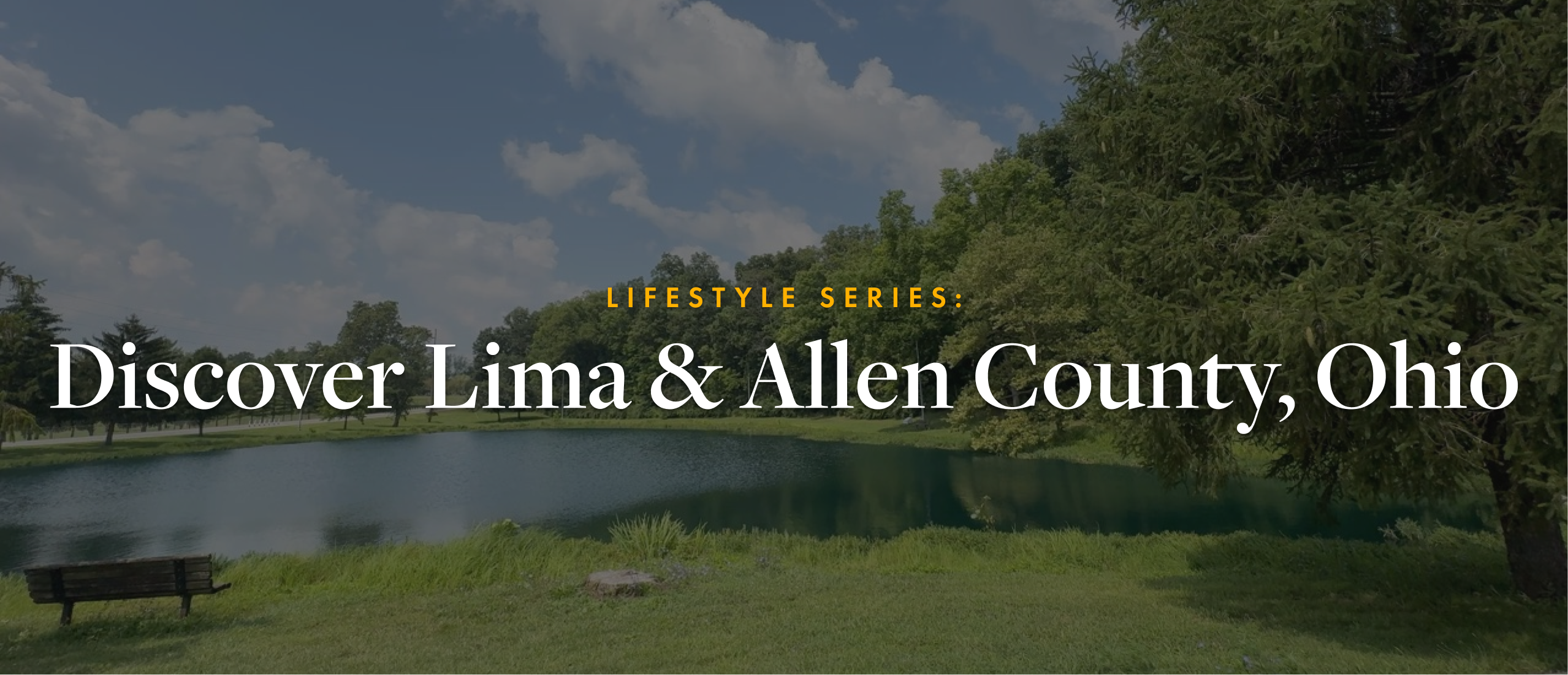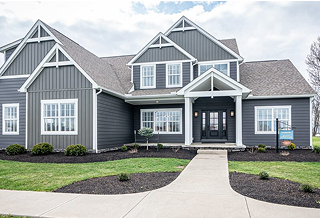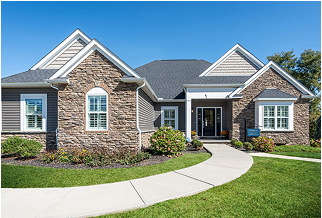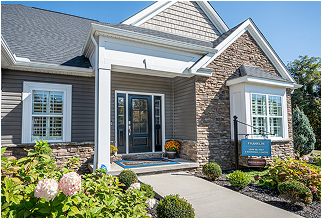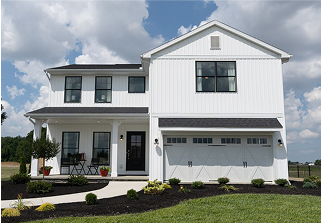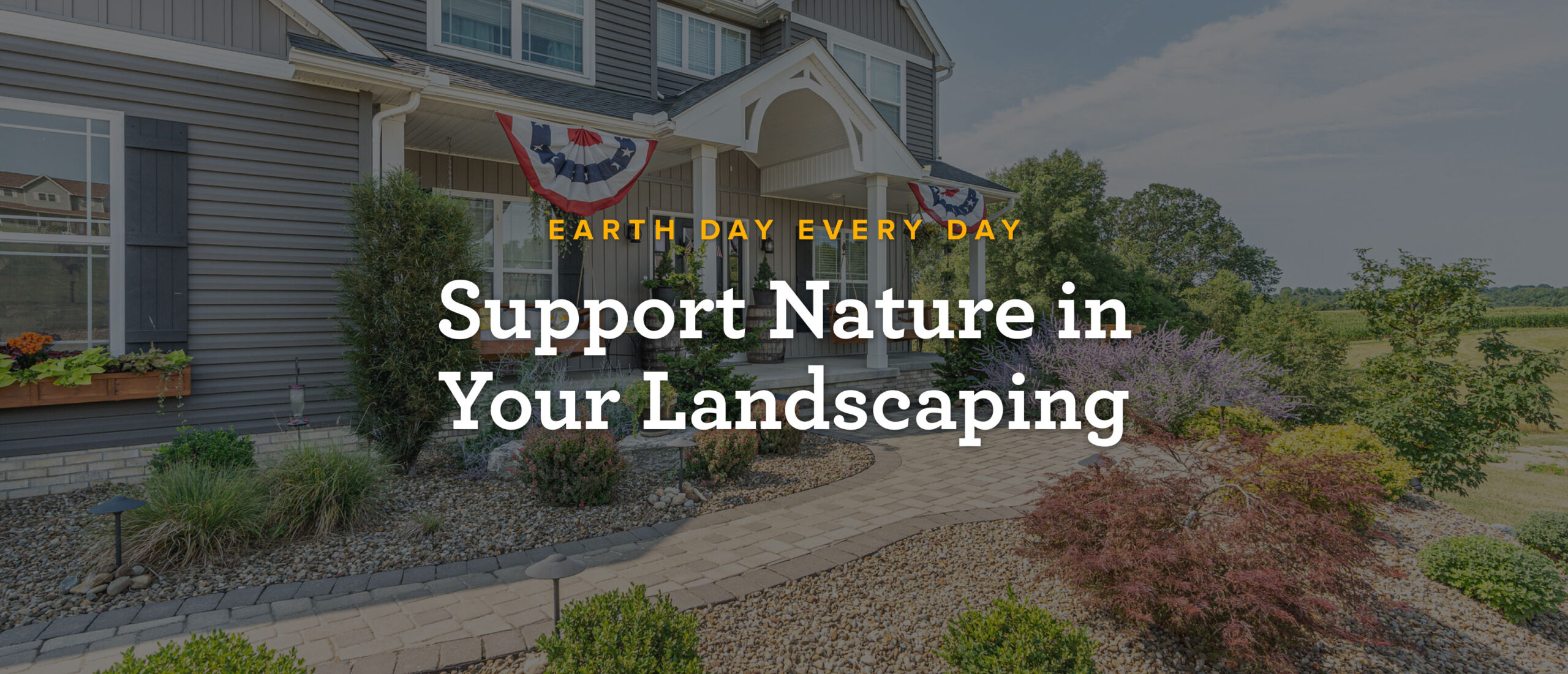
Support Nature in Your Landscaping
Spring Is a Great Time to Go Wild in Your Backyard
As the days lengthen and a vibrant green returns to our landscapes, spring beckons us outdoors. Whether you’re putting the finishing touches on your newly built Wayne home or eager to refresh your existing yard, now is the perfect time to consider how your landscaping can be both beautiful and beneficial. This year–and just in time for Earth Day–we encourage you to explore the rewarding world of native and pollinator-friendly landscaping. This is a choice that not only enhances your property but also plays a vital role in supporting our local ecosystem. When you plant a pollinator-friendly garden, it’s like honoring Earth Day, every day!
Pollinator-Friendly Landscaping
Have you ever stopped to appreciate the buzz of a bee flitting from flower to flower?
These tiny creatures, along with butterflies, birds, and other pollinators, are essential for the health of our planet. They help plants reproduce, which in turn provides us with food, clean air, and thriving natural habitats. Unfortunately, pollinator populations are facing challenges, making it more important than ever to create havens for them in our own backyards.
The good news is that creating a pollinator-friendly landscape doesn’t mean sacrificing beauty or ease of maintenance.
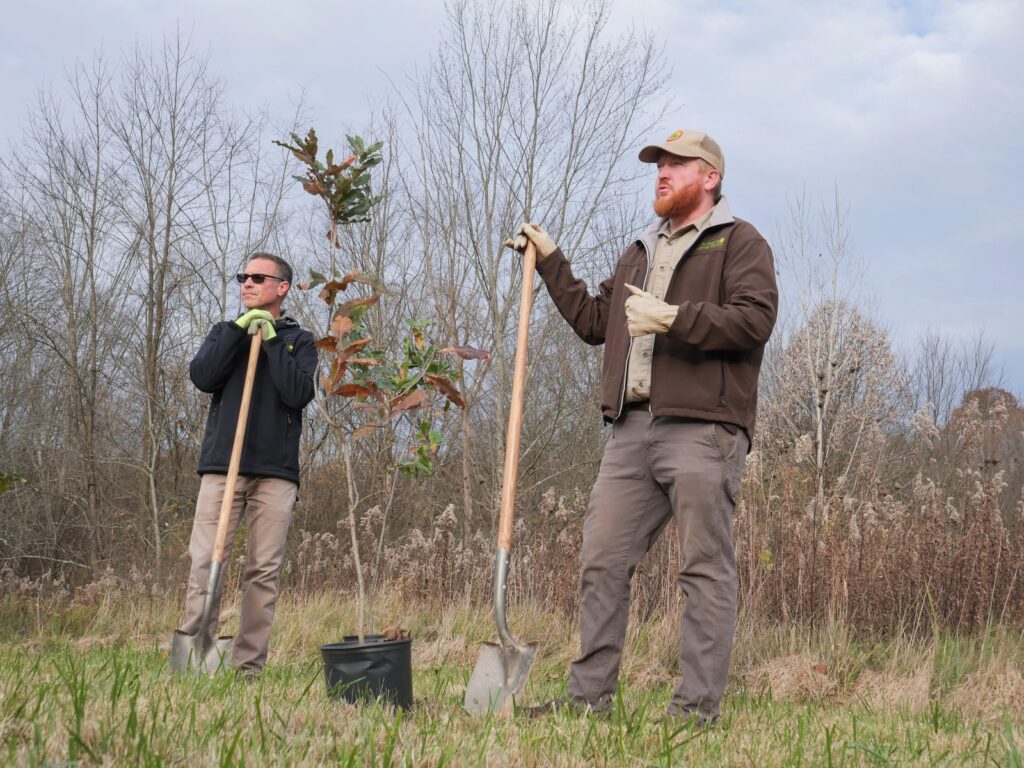
In fact, embracing native plants – those that naturally occur in our region – offers a wealth of advantages. As Christopher Chaney, Biologist with Summit Metro Parks (SMP), wisely notes, “Choosing the right plant for the right place can save a lot of future headaches.” Native plants are perfectly adapted to our local climate and soil conditions. This inherent resilience translates to less need for watering, fertilizing, and pest control, ultimately saving you time and money.
Think about it: drought-resistant native plants require less supplemental watering once established, a significant benefit for both your water bill and the environment. Furthermore, these plants have evolved alongside local wildlife, providing the specific food and shelter that pollinators need to thrive. As Chaney eloquently puts it, “Native plants and natural ecological functions are the foundation of biodiversity and the benefits people receive from nature. Letting nature take its course in your yard is about more than aesthetics; it’s about clean air, clean water, and a unique sense of place.”

Tips for Your New Home
For those in a new Wayne home, Chaney offers a valuable tip.

“If you’re planning to install plants in a newer development, be sure to check for soil compaction, first. Newer developments often have very disturbed and compacted soils with a thin layer of topsoil on top, which can pose challenges for plant establishment.” Addressing soil compaction will give your new native plants the best possible start.
The best time to introduce native plants to your landscape is during the milder temperatures of early spring and early fall.
“Early spring and early fall are the best times to replace existing plants in your landscape with native plants,” Chaney recommends. “Milder temperatures and more frequent precipitation reduce stress on your newly installed plants and will limit the need for ongoing maintenance. Plants can be installed during summer, but should be watched closely as they may need frequent watering.”
Summit Metro Parks Expert Advice
Feeling inspired to transform your yard into a haven for nature? You don’t have to go it alone! The local experts at Summit Metro Parks offer a wealth of resources through their “Wild Back Yards” program. As Janean Curfman, SMP Interpretive Naturalist, emphasizes in their materials, even small changes can make a big difference. Their website and social media channels are brimming with educational programs, seasonal landscaping advice, plant identification guides, and lists of native plants perfect for our region. They truly are a fantastic local resource to help you on your journey.
The benefits extend beyond pollinators too. “Pollinators like bees and butterflies are just one piece of the biodiversity puzzle,” Chaney reminds us. “Mammals, amphibians, birds, beetles, and all of the wildlife native to a place offer benefits to people either directly or through their relationships with other flora and fauna. Consider incorporating habitat features that will support a wider range of wildlife.” Even addressing drainage issues with native solutions can be more effective and ecologically sound. “Homeowners will often select a native willow or other water-loving plants in an effort to soak up the water in a wet spot. This usually doesn’t work. Instead, consider planting water-loving native species in the wet spot and enjoy the frogs, dragonflies, and other wildlife the habitat supports.”

Which Plants to Choose?
Investing in native plants is an investment in the long-term health and beauty of your landscape and our environment. While the initial cost of plants might seem like a factor, Chaney points out that “Purchasing plants can sometimes be expensive. Whether installing smaller, less expensive native plants or larger, more expensive native plants, the time and money required to maintain your landscape can be reduced over time by selecting plants suited to the existing conditions in your landscape, and allowing those plants to move dynamically through it once installed.”
Janean Curfman, Summit Metro Parks Interpretive Naturalist says, “Native plants are the foundation of local ecosystems.” Janean points out that most traditional landscape plants are inedible to local insects. “Planting for pollinators goes beyond blooms, because without caterpillars, there would be no butterflies!” As Janean puts it, “A chewed leaf is a good leaf.” When choosing native plants, we need to be tolerant of some munching by local insects. “If your plants aren’t being eaten, they are not part of the local food web!”

Here at Wayne Homes, we’re passionate about creating not just beautiful homes, but also making the communities we serve better.
We encourage you to explore the wonderful world of native and pollinator-friendly landscaping and experience the joy of connecting with nature right in your own backyard.
Get Your Yard Contest-Ready
And speaking of beautiful landscapes…get ready! We’re thrilled to announce our upcoming Wayne Homes Annual Landscape Contest, kicking off on Monday, May 19th and running through Friday, June 27th! We can’t wait to see the creativity and care you put into your outdoor spaces. Stay tuned for more details on how to enter and showcase your stunning landscaping! In the meantime, let the inspiration of spring guide you as you cultivate a landscape that is both a joy to behold and a vital support system for our precious pollinators and local wildlife.

Do you have landscaping questions? Ask away!
About Wayne Homes
Wayne Homes is a custom homebuilder in Ohio, Pennsylvania, Michigan, and West Virginia (see all Model Home Centers). We offer more than 50 fully customizable floorplans and a team dedicated to providing the best experience in the home building industry. For more information, Ask Julie by Live Chat or call us at (866) 253-6807.






